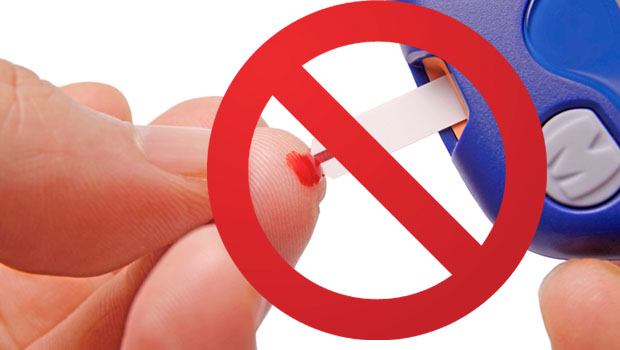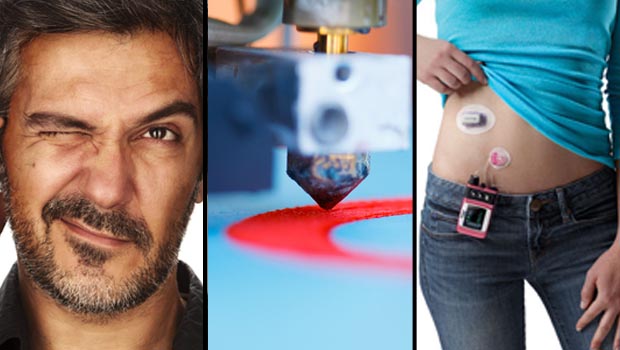
In recent years, newer models of insulin pumps have often been released in the European Union before they receive FDA approval in the U.S. For example, Medtronic released its MiniMed 640G insulin pump in the EU earlier this year, while the device hasn’t yet been approved for sale in the U.S. The device is considered cutting edge in “smart” pump technology; it can “anticipate” some blood sugar trends and suspend insulin delivery with that information.
There’s a trade-off for pump users in the EU. On the one hand, they can access new technology sooner than pump users in the U.S. However, they also might have to deal with possible technological snags. This past month, the FDA warned that the 640G could give an inaccurate bolus suggestion.
This year, diabetes care professionals with the European Association for the Study of Diabetes (EASD) and the American Diabetes Association (ADA) published a paper calling for greater uniformity between European and United States standards on insulin pump safety and reliability. The paper, appearing in the April volume of Diabetes Care, presents 17 recommendations to address the lack of an international protocol for reporting insulin pump failures and adverse medical outcomes with pumps, and for determining what the root cause could be for these problems.
Several of the working group members and authors of the position paper currently consult or have consulted for makers of insulin pumps and continuous glucose monitors and related technologies; some are researchers; some are physicians; and one is a former FDA staff member with expertise in metabolic and endocrine disease drug therapy; all are experts of national or international stature.
The EASD also recently issued its own statement critical of the European Union’s lack of rigorous diabetes-specific device examination for “CE” mark approval in Europe (the CE mark is like FDA approval for countries in the EU). Citing “a continuous threat to the health of people with diabetes,” the authors of the EASD paper argue that “the CE marking claims to guarantee the safety of the device being sold. However, it does not, in any respect, represent an independent confirmation of its quality.”
There have been attempts to create uniform standards for medical devices in the past, but such efforts can be complicated and lead to weak agreements. Australia, Brazil, Canada, China, Europe, Japan, Russia, and the U.S. formed the International Medical Device Regulators’ Forum (IMDRF) in 2011. At the time, European regulators represented Europe in the group essentially as a single market, despite the fact that there are differing standards for regulating medical devices among EU member countries. Since 2011, however, the IMDRF has organized a working group to study software as a medical device, and Swedish and French regulatory officials have been seated as the members representing Europe. Bakul Patel, Associate Director for Digital Health at the FDA, is the chair. He has a background in engineering and quality assurance.
Dr. Anne Peters, an author of the ADA-EASD position paper, is the director of the Clinical Diabetes Program at the Keck School of Medicine at the University of Southern California. In email correspondence with Insulin Nation, Dr. Peters said the EASD was the driving force behind creating this joint position paper, and EU members invited her and other U.S. clinicians to join the working group. The FDA is recognized by governments abroad as a leader in requiring documented proof of safety and effectiveness of medical devices before introduction to the market, and then in monitoring clinician and patient experience afterwards. She says it’s right to question why devices often get released first in Europe.
“There are more devices than ever before on the [world] market, and all start in Europe,” Dr. Peters writes. “It seems reasonable for the Europeans to question the disparities – why is this device not yet considered safe enough for use in the U.S. when we are using it in Europe?”
She points out that there is not a single oversight agency empowered to regulate pump safety across sovereign European Union member nations, and so “each country makes its own rules, which makes it harder to regulate.” Nor is there a uniformly enforceable EU requirement for post-market safety and effectiveness monitoring of diabetes care devices. Nor is there a common definition of a “medically necessary” device.
“This lack of consensus as to whether something is medically useful or not leads to lack of reimbursement by the (medical care financing systems) in some countries,” she writes.
If any meaningful reform will come of this recent effort, it will require EU members to act as one when it comes insulin pumps. Many experts believe the path forward to greater pump safety requires adhering closer to FDA standards.
To read other parts of this series, go to:
Part 2 – Four Countries’ Different Standards On Pump Safety
Part 3 – The Pump Failure Reporting System is Flawed
Part 4 – Speaking Up to Make Pumps Safer
Part 5 – Why Pumps in the EU May be Less Safe
Thanks for reading this Insulin Nation article. Want more Type 1 news? Subscribe here.
Have Type 2 diabetes or know someone who does? Try Type 2 Nation, our sister publication.







